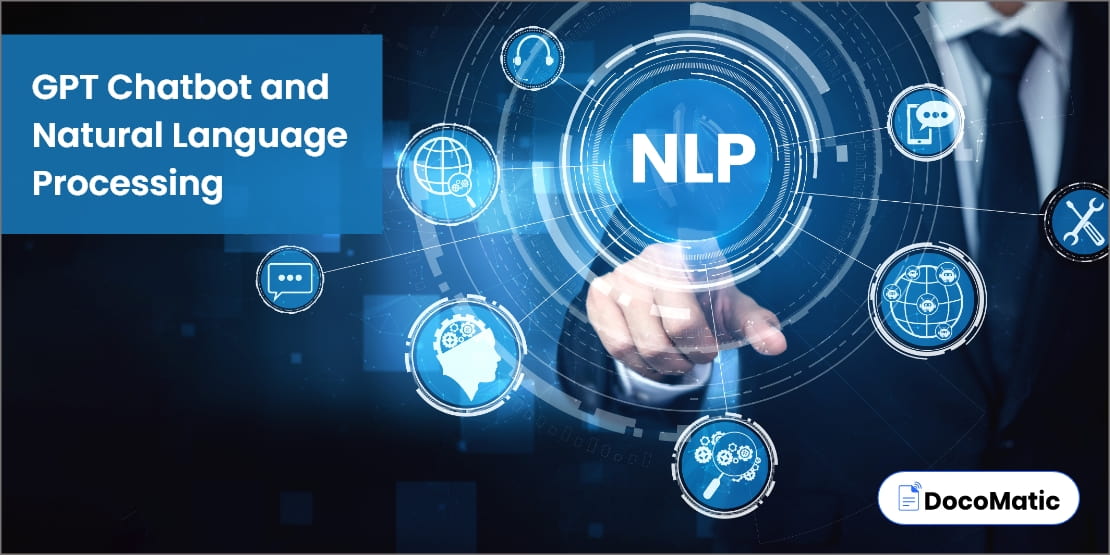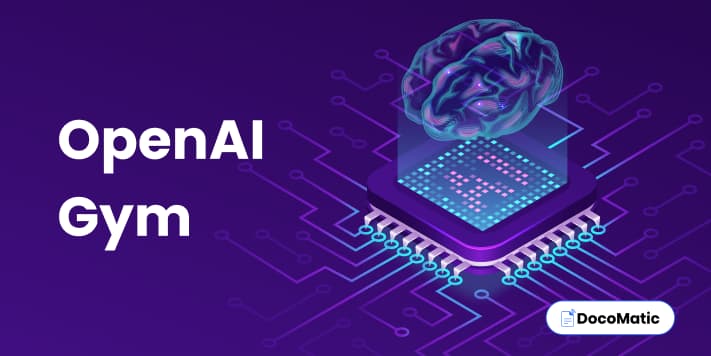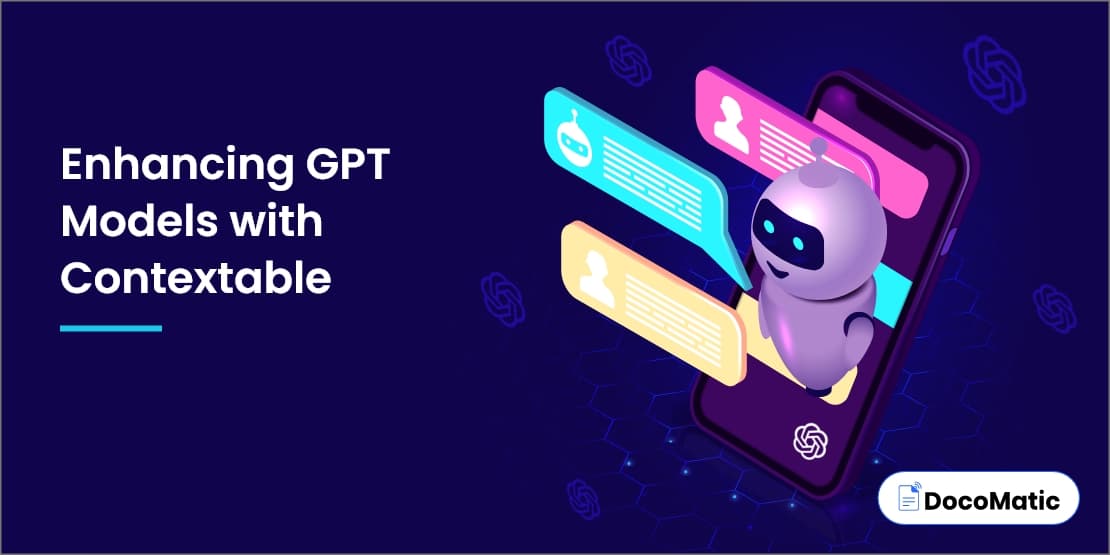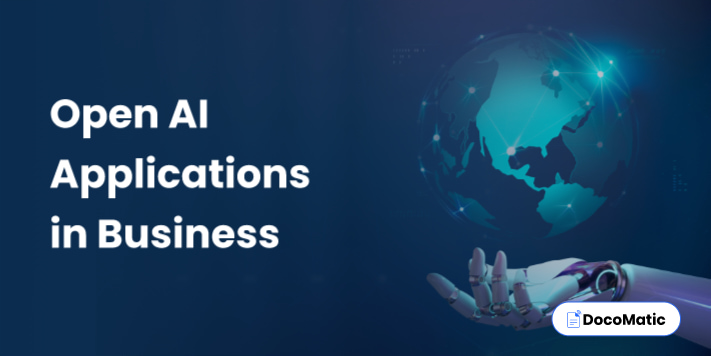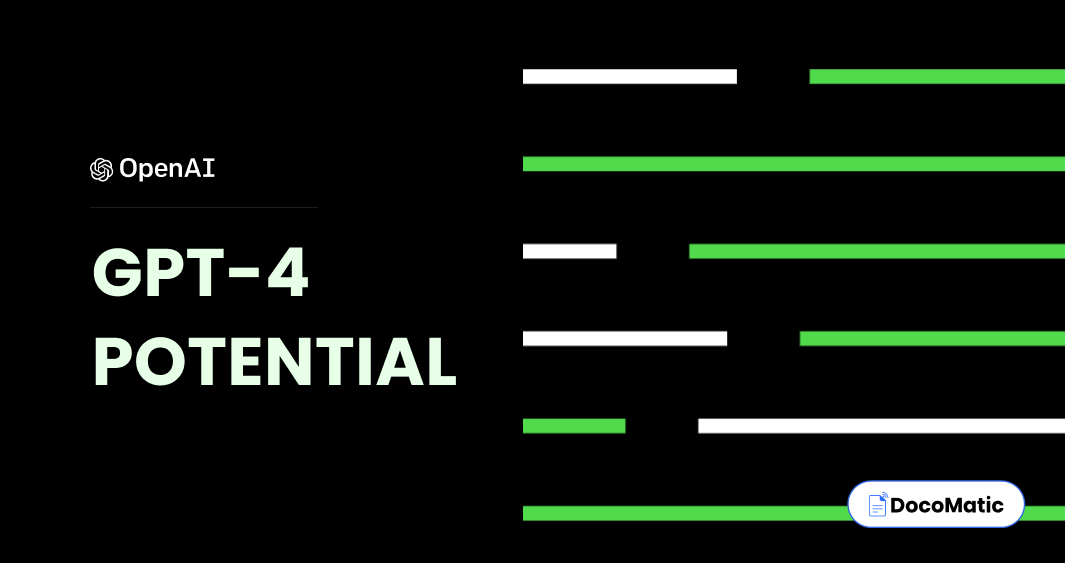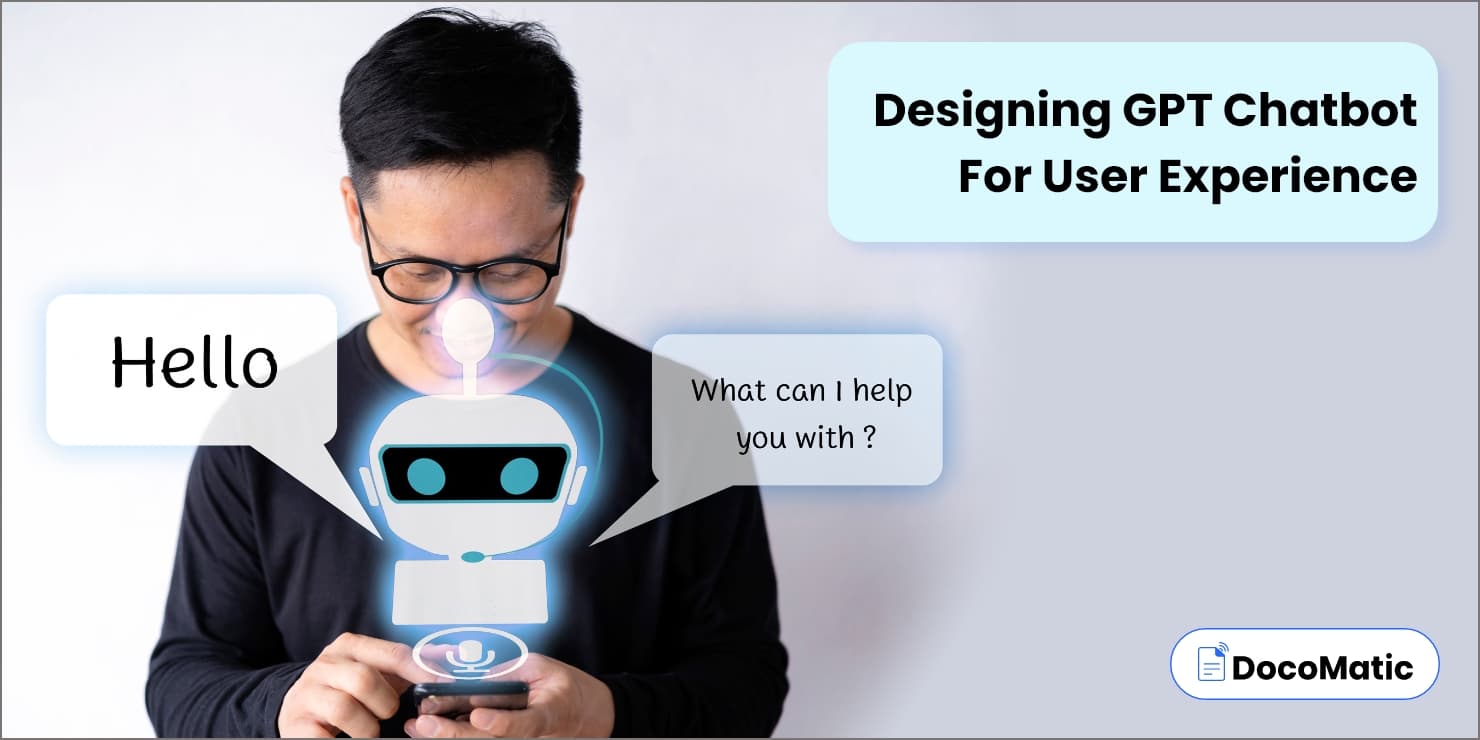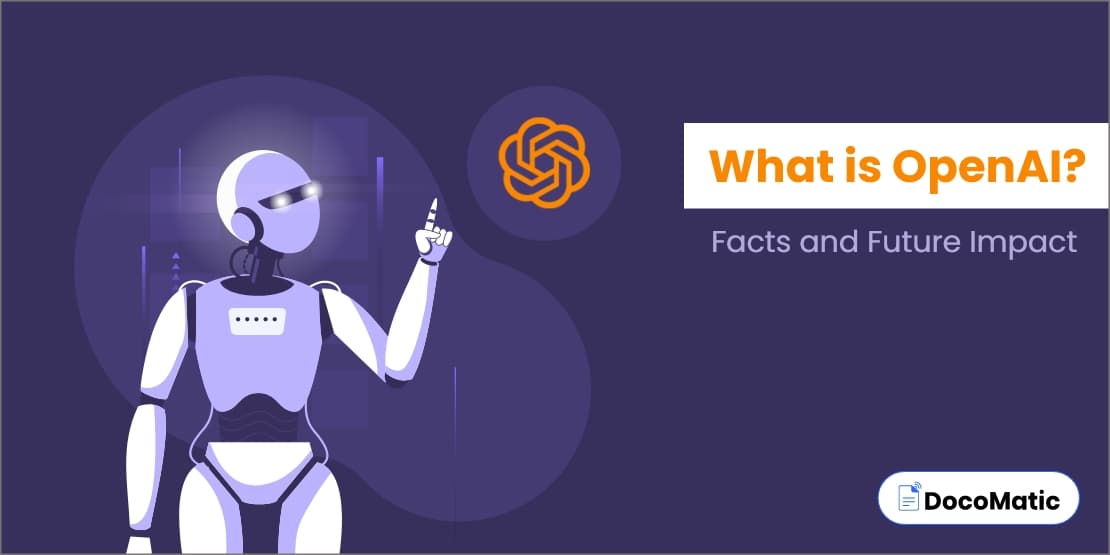Artificial Intelligence (AI) has recently emerged to make business processes more effective. Not only this, but it also opens new possibilities for growth and innovation. As per Globenewswire, the market size of AI is expected to reach USD 170.19 billion by the end of 2023.
One of the most promising areas of AI is the development of Chatbot technology. With the evolution of this technology, a large part of the market is using artificial intelligence and Natural Language Processing (NLP) to respond to customer queries.
As the business grows, they encounter several challenges that hinder its growth and success. So, this blog will help you understand how GPT Chatbot and Natural Language Processing will flourish your business.
Table of Content
What is a GPT Chatbot?
A GPT (Generative Pre-trained Transformer) Chatbot is an advanced form of artificial intelligence. It uses natural language processing (NLP) techniques to engage with the users in a human-like tone.
The GPT Chatbot analyzes the user’s input and generates an appropriate response based on that input. GPT Chatbots can be used in various fields, including customer service, sales, and marketing. They can handle multiple tasks, from answering basic customer queries and automating repetitive tasks to providing personalized product recommendations.
While GPT Chatbots have been a game changer for several industries, there is still room for improvement. We can expect even more sophisticated and effective GPT chatbots that will enhance the user experience.
One such tool is ChatGPT, which is set to take customer interactions to the next level. So, let us learn more about GPT Chatbot and ChatGPT.
Are GPT Chatbot and ChatGPT Different?
Yes, GPT Chatbot and ChatGPT are different.
GPT Chatbots are a specific kind of Chatbot that produces responses using the GPT language model. On the other hand, ChatGPT is an advanced AI and large language model developed by OpenAI, which can be used for various natural language processing tasks, including chatbots.
Although both are chatbots, an underlying technology called GPT-3 allows agents to generate top-notch responses to user inputs. Hence, optimizing your use of GPT-3 technology is essential for creating a successful chatbot.
Going ahead, let us take a closer look at some key differences between GPT Chatbot and ChatGPT.
| ASPECT | GPT Chatbot | ChatGPT |
|---|---|---|
| Main function | To generate human-like responses based on the user input | To offer conversational AI capabilities that are human-like for a variety of applications & use cases. |
| Complexity | Requires training & refinement for improved performance | Has the ability to generate responses without specific training |
| Input/output format | Input/output in natural language | Text-based input/output |
| Training data | It is specific to a particular task or domain | OpenAI ChatGPT has a wide range of general text data |
| Development process | Need design, development, and testing to implement | ChatGPT is pre-built and ready for use |
| Commercial availability | Vendors use it as a service or platform | ChatGPT is an open-source model available for use |
| Use cases | Chat support, personal assistance, and customer service | Human-like responses for massive companies |
With more and more innovative Chatbot solutions come new challenges. So, let us find out some challenges and how we can deal with those challenges to help the users.
GPT Chatbot Problems & Solutions
Unlike other technologies, GPT Chatbot also comes with challenges. This is the reason there are several open AI software available in the market. So going ahead, we will discuss typical issues GPT chatbot encounters and their possible solution.
1. Analyzing complex queries
Challenge: It is one of the biggest challenges as users often use informal language and jargon or ask many questions at once. This is how it becomes challenging to understand the intent and provide an accurate response.
2. Language barrier
Challenge: Different users speak different languages, and even a single language has multiple variations. Hence, it becomes difficult for the bot to understand. Not only this, incorrect grammar/spelling or use of slang even makes it difficult to understand the intent of users.
3. Lack of personalization
Challenge: It is also a major challenge, as chatbots can feel robotic without personalization, and users may feel disconnected. It can lead to customer disappointment and frustration.
4. Security
Challenge: The Chatbot must safeguard sensitive user data and protect against illegal access. Phishing, malware, and denial-of-service attacks are a few potential dangers.
5. Integration
Challenge: Integrating Chatbots with the existing system can be complex, especially with legacy systems. For optimum efficiency, Chatbots must easily connect with other technologies, websites, social media platforms, and corporate apps.
FAQs
Both GPT Chatbots and NLP rely heavily on machine learning. Machine learning algorithms evaluate data and learn from user interaction to better understand and answer natural language queries. It is a more effective tool for organizations because it can be adaptable to the most recent trends and user behavior.
Businesses have multiple benefits from deploying GPT Chatbots. Some of them are:
- Handle a large volume of queries at one time
- Quick and personalized responses can improve customer engagement
- Routine tasks like answering FAQs can be automated
- Gain insights into customer needs and preferences
- Reduce human intervention and increase efficiency
Several industries benefit from GPT Chatbots and NLP- Customer Service & Support, Healthcare, Finance, E-commerce, Education, Human Resources, Travel & Hospitality, and many more.
NLP is a part of the AI system that deals with the conversation between computers and humans in natural language. It enables machines to understand, interpret, and generate human-like responses. In the context of an artificial intelligence chatbot, NLP analyses the user’s input and develops an appropriate response.
Conclusion
With the advancing AI technology, businesses can revolutionize their operations. They can overcome various obstacles and enhance customer experience and operational efficiency by utilizing the potential of artificial intelligence.
GPT Chatbots and NLP solutions can anticipate client behavior and automate repetitive tasks. It not only saves time and money but also meets customer expectations. Hence, with the right strategy and implementation, GPT Chatbot and NLP can give a competitive edge to businesses.
